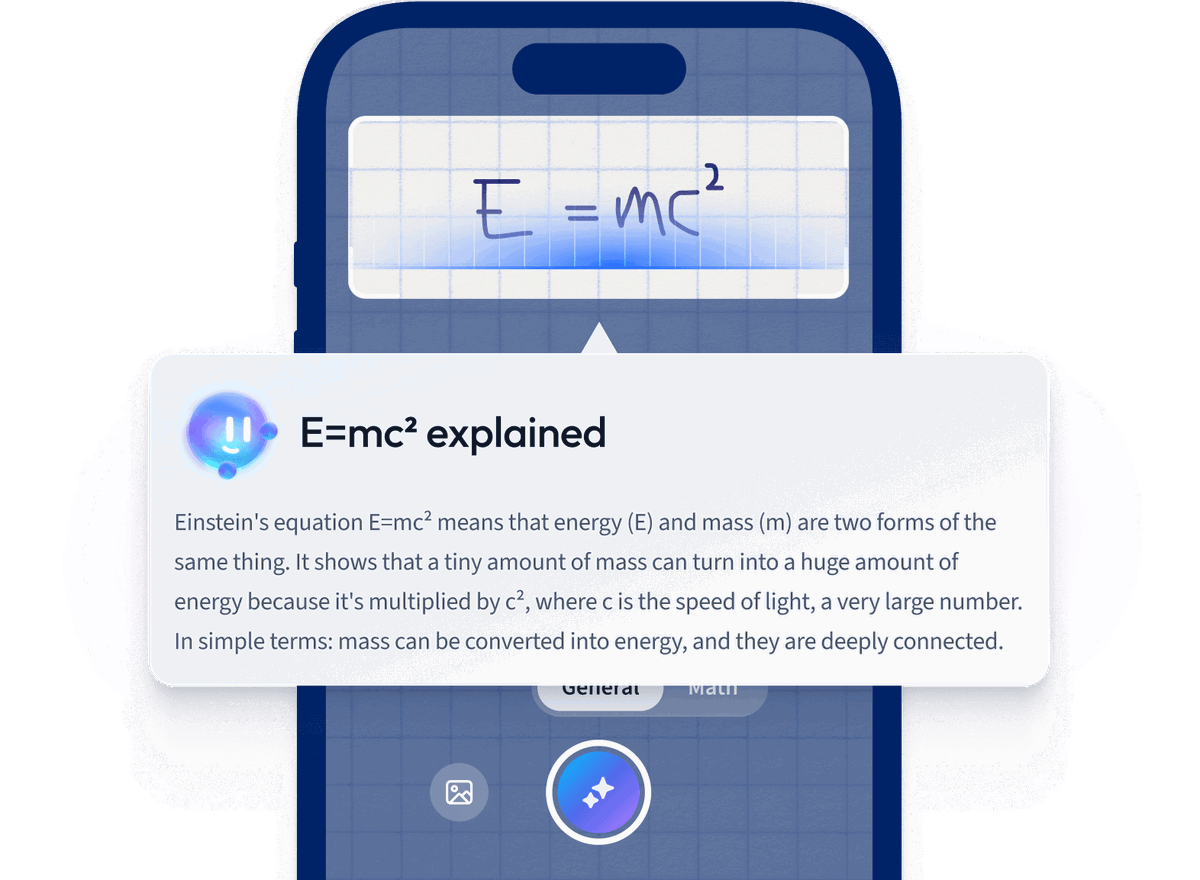What are the benefits of constructive play in early childhood education?
Constructive play promotes critical thinking, problem-solving skills, and creativity in young children. It enhances fine motor skills and spatial awareness while fostering social interaction and collaboration. Additionally, it encourages emotional regulation and perseverance as children navigate challenges. Overall, constructive play supports holistic development in early childhood education.
What are some examples of constructive play activities for children?
Examples of constructive play activities for children include building with blocks, creating with clay or play-dough, assembling puzzles, and engaging in imaginative play with costumes and props. These activities encourage problem-solving, fine motor skills, and creativity.
How can parents encourage constructive play at home?
Parents can encourage constructive play at home by providing open-ended materials like blocks, art supplies, and recycled items. Create a designated play area with minimal distractions and encourage children to experiment and build independently. Participate when invited, offering guidance rather than leading. Lastly, celebrate their creations to boost confidence and creativity.
How does constructive play support children's cognitive development?
Constructive play enhances children's cognitive development by promoting problem-solving skills, spatial awareness, and creativity. Through engaging in hands-on activities, children learn to plan, test, and adapt their ideas, fostering critical thinking. Additionally, it encourages collaboration and communication, further strengthening their cognitive abilities.
How does constructive play promote social skills in children?
Constructive play encourages collaboration, communication, and problem-solving among children. As they work together on building or creating, they learn to share ideas, negotiate roles, and resolve conflicts. This interaction fosters empathy, patience, and teamwork, which are essential social skills for their development.










